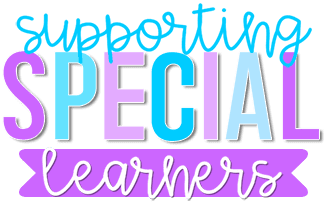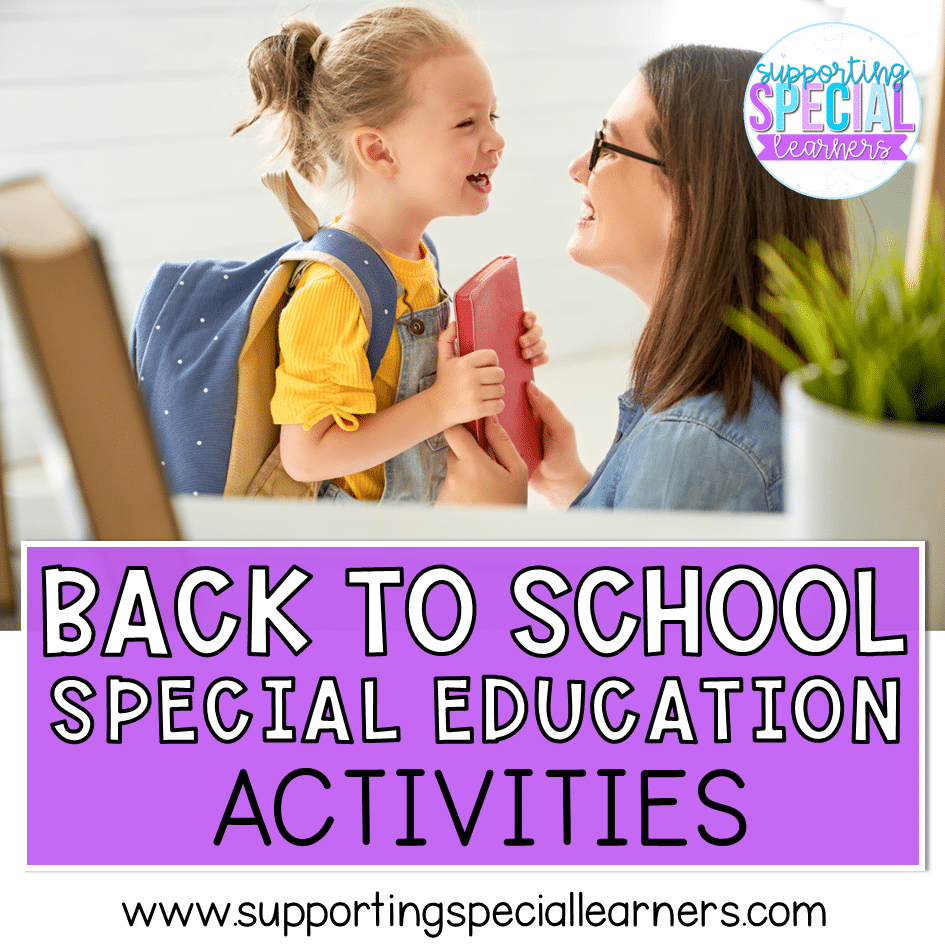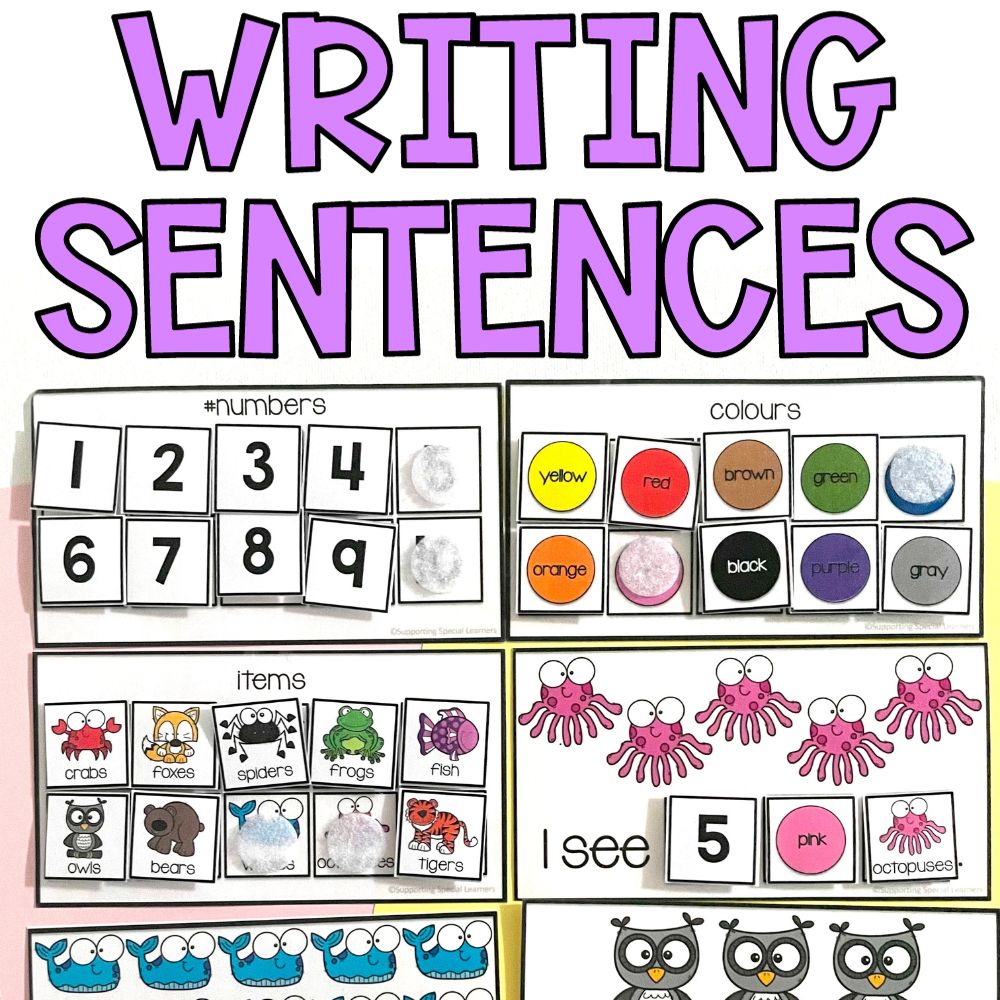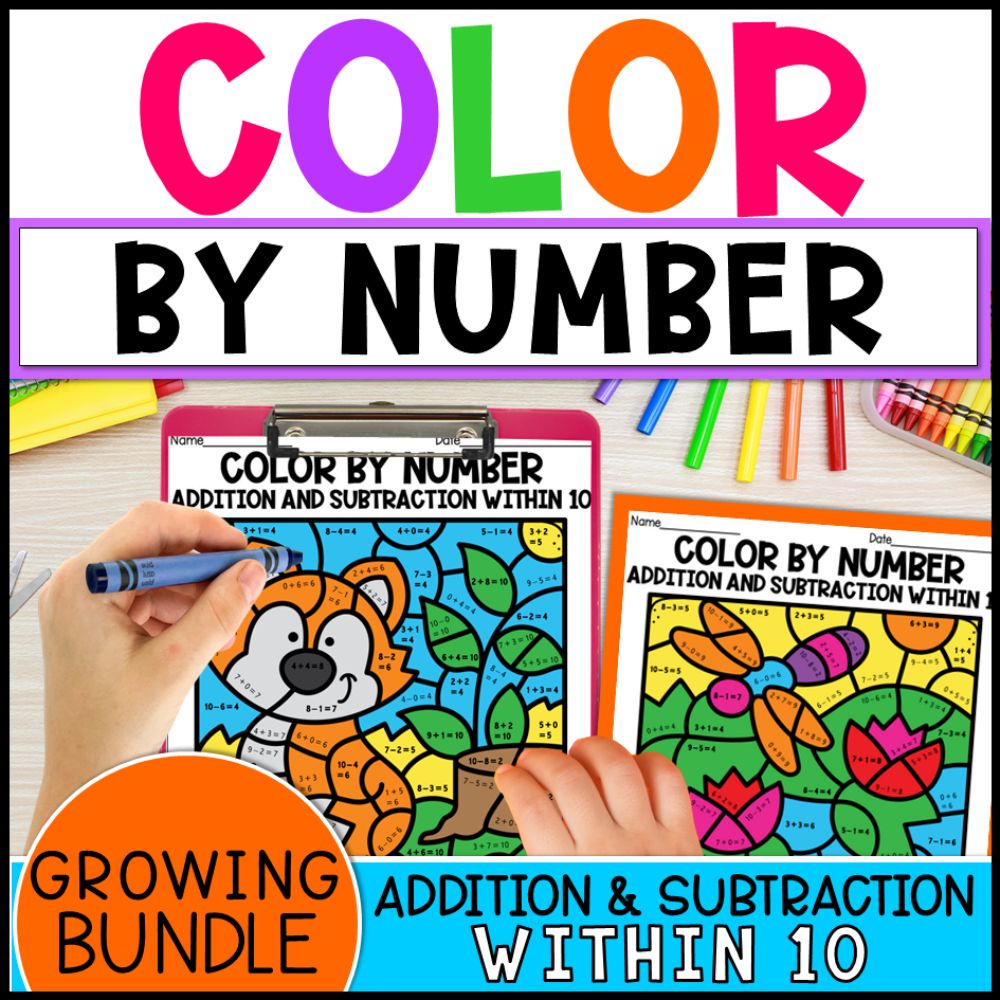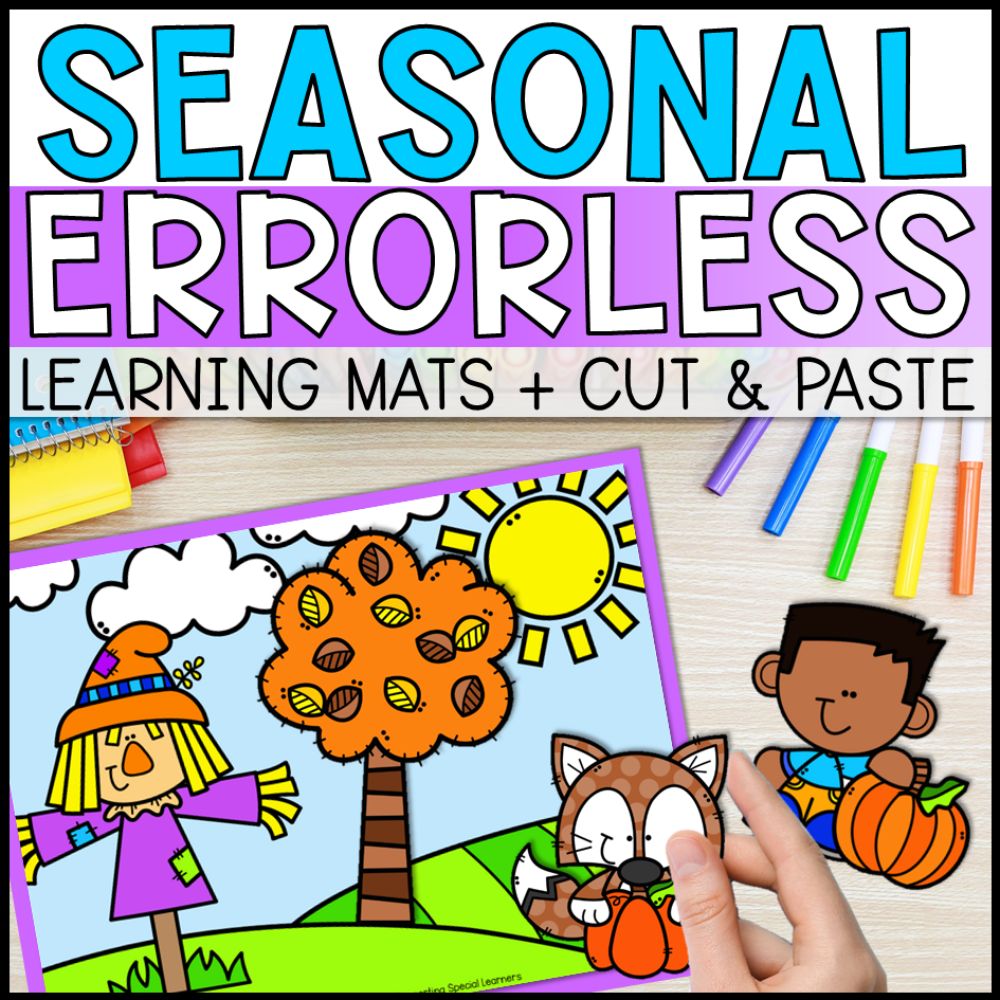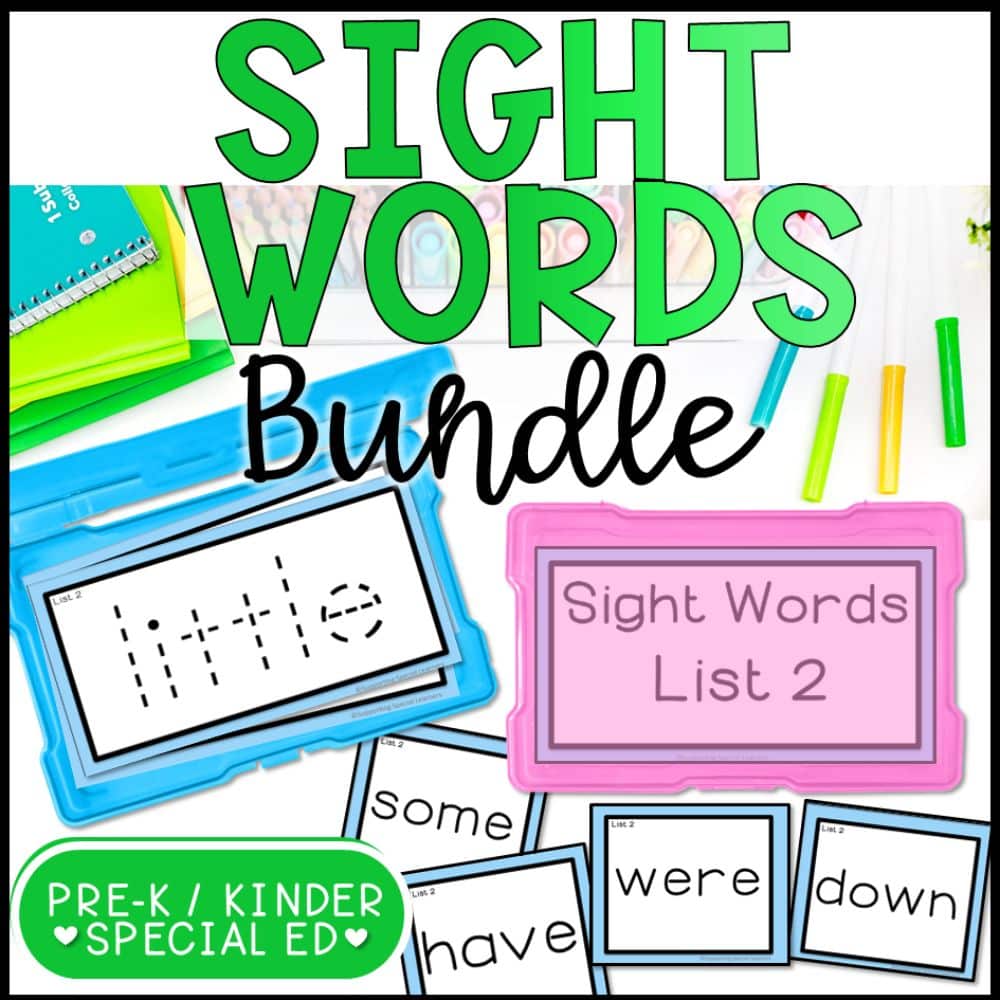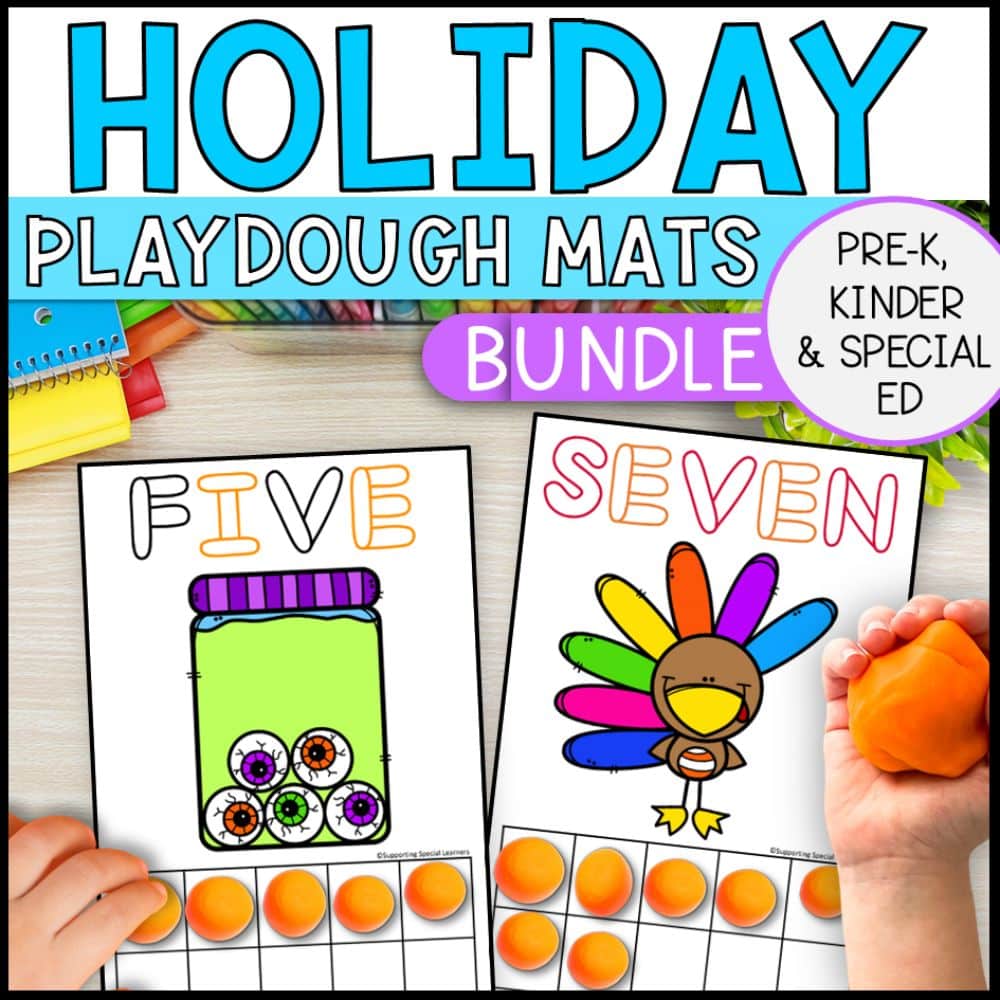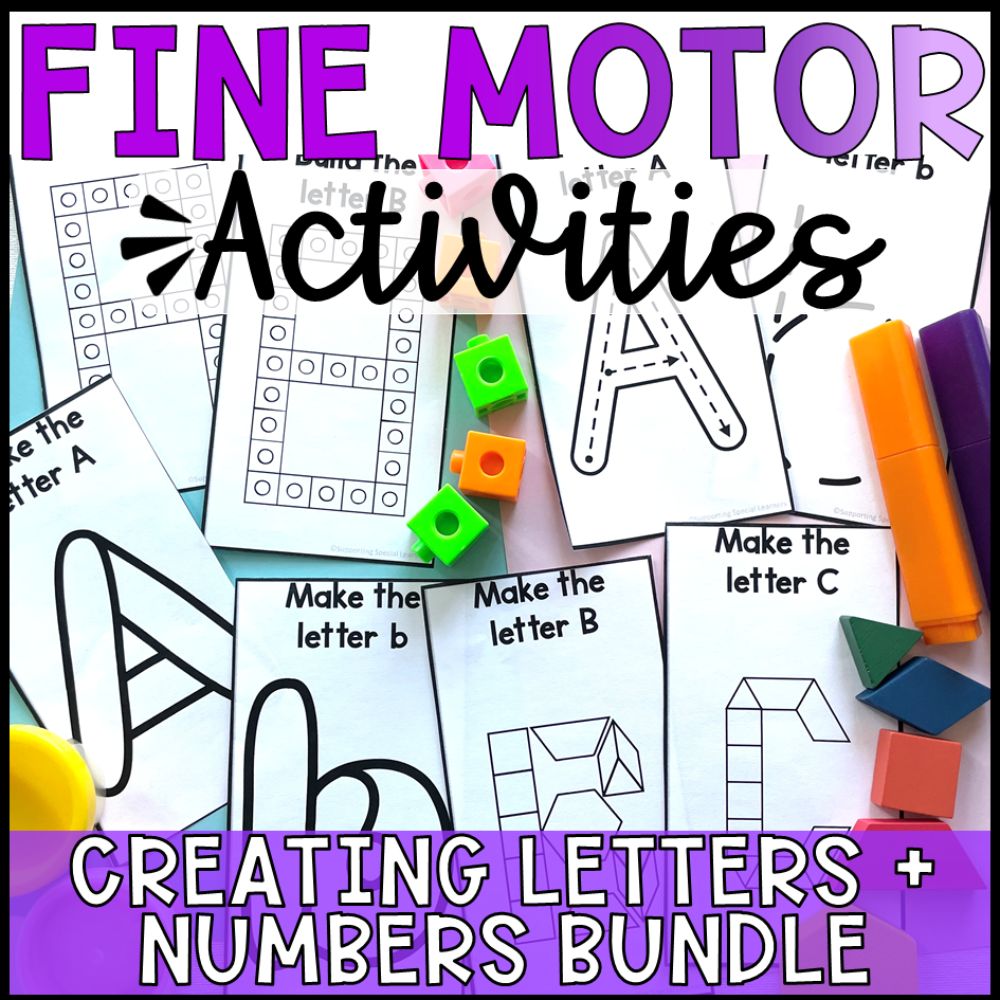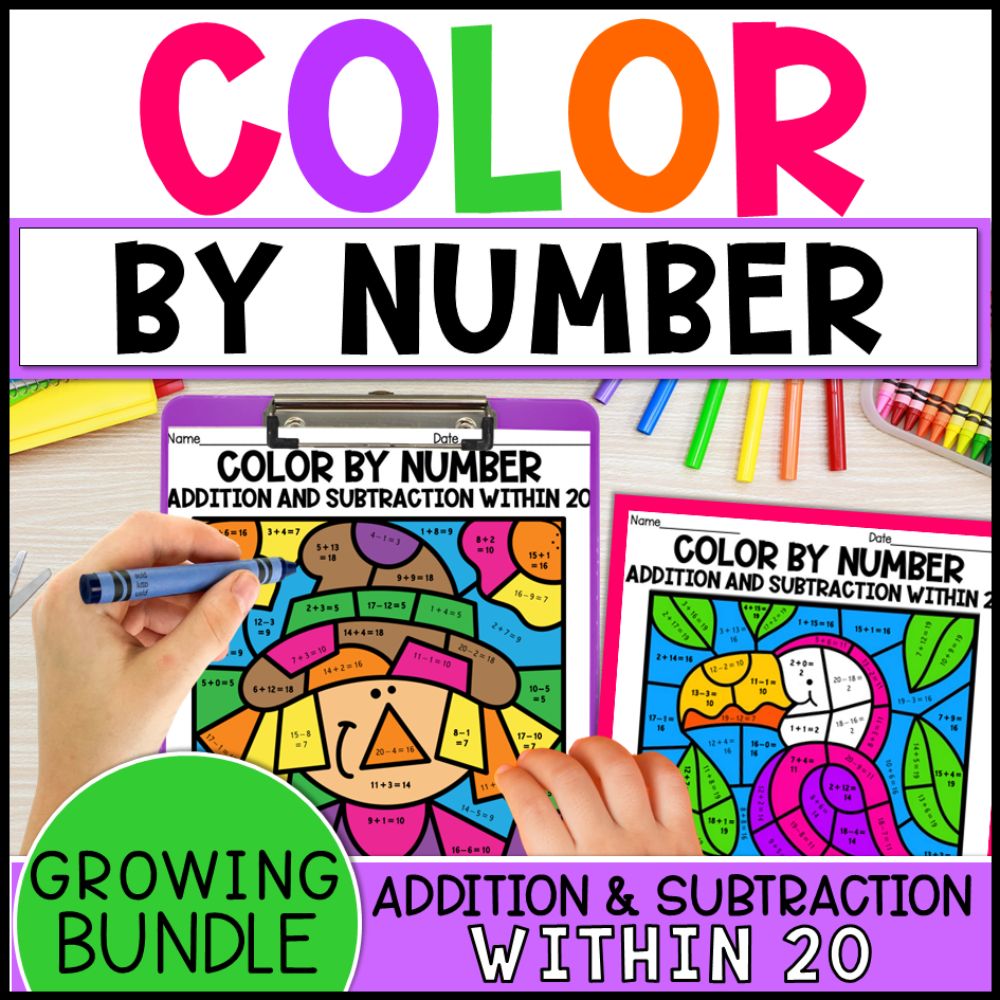- Literacy Activities for Special Education
- Mathematics Activities Tailored for Special Education
- Developing Fine Motor Skills Through Fun Activities
- Social Skills and Emotional Learning Activities
- Life Skills and Independence Building Activities
- Creative Arts and Crafts for Special Education
- Interactive Technology-Based Learning
- Conclusion
- Frequently Asked Questions
As the new school year begins, it’s important to have back to school activities ready for students in special education. These activities can make learning fun and accessible, helping students develop essential skills in a supportive environment. From literacy and math to fine motor and social skills, the right activities can set the tone for a successful year.
Key Takeaways
- Interactive read-aloud sessions can make literacy fun and engaging for special education students.
- Hands-on counting games and visual math puzzles help make math concepts more understandable.
- Cut and paste exercises and sensory play with clay are excellent for developing fine motor skills.
- Role-playing scenarios and emotion identification games are effective for teaching social skills and emotional learning.
- Daily routine practice and simple cooking lessons can help build life skills and independence.
Literacy Activities for Special Education
Interactive Read-Aloud Sessions
Interactive read-aloud sessions help students stay involved in literacy activities. These sessions not only improve listening skills but also enhance comprehension. Teachers can use books that are rich in visuals and simple text to keep students interested. During the read-aloud, pause to ask questions and encourage students to predict what will happen next. This method supports enhanced language development and multisensory learning, making it ideal for educators aiming to create an inclusive and enjoyable learning environment for all students.
Visual Story Mapping
Visual story mapping helps students understand the sequence of events in a story. By using pictures and symbols, students can map out the beginning, middle, and end of a story. This activity is beneficial for students with autism and other special needs as it provides a structure to comprehend narratives. Visual story mapping can be aligned with IEP goals and used as independent work.
Adaptive Writing Exercises
Adaptive writing exercises cater to the diverse needs of students in special education. These exercises can range from tracing sentences to filling in the blanks and writing their own sentences. Using tools like ‘read it, build it, write it’ cards can make writing more interactive and hands-on. This approach not only enhances literacy skills but also supports fine motor development. Differentiated writing activities are a great way to engage students with special needs in the same writing activity as their peers, meeting different levels of abilities at the same time.
Mathematics Activities Tailored for Special Education
Hands-On Counting Games
Hands-on counting games help make math fun and easier to understand for students in special education. Using physical objects like blocks, beads, or even snacks can help students understand numbers and counting. These activities can be easily adapted to suit different learning levels and can be used in various settings, such as math stations or guided practice sessions.
Visual Math Puzzles
Visual math puzzles are excellent tools for helping students with special needs grasp mathematical concepts. These puzzles can include matching games, jigsaw puzzles with numbers, or even color-by-number activities. For example, a color-by-number addition and subtraction can make learning more enjoyable and visually stimulating. These activities not only enhance math skills but also improve fine motor skills and hand-eye coordination.
Interactive Number Lines
Interactive number lines support teaching number sequences, addition, and subtraction. By using a large number line on the floor or a smaller one on a desk, students can physically move along the line to better understand mathematical operations. This method is particularly effective for kinesthetic learners who benefit from movement and physical activity during lessons.
Incorporating these math activities into your special education curriculum can create an inclusive and supportive learning environment, helping all students feel confident and successful in their mathematical abilities.
Developing Fine Motor Skills Through Fun Activities
Fine motor skills are essential for children, especially those in special education, as they help with daily tasks and independence. Here are some activities to develop these skills:
Cut and Paste Exercises
Cut and paste activities are great to improve hand-eye coordination and dexterity. These exercises can be themed around seasons, holidays, or current classroom topics. Students practice cutting shapes and pasting them onto a template, which helps in refining their motor skills.
Tracing and Coloring Sheets
Tracing and coloring sheets are excellent for enhancing fine motor control. These sheets can include letters, numbers, or simple shapes. The act of tracing helps students develop precision, while coloring within the lines improves their control and focus.
Sensory Play with Clay
Sensory play with clay or playdough is not only fun but also highly beneficial for fine motor development. Manipulating clay strengthens hand muscles and improves dexterity. Activities can include rolling, flattening, and shaping the clay into different forms, which is particularly helpful for students with autism.
Fine motor skills are crucial for independence and daily tasks, offering practical tips for educators to implement in diverse learning environments.
Social Skills and Emotional Learning Activities
Role-Playing Scenarios
Role-playing scenarios are fantastic to help students understand and practice social interactions. By acting out different situations, students can learn how to respond appropriately in various social settings. This method is useful for teaching expected and unexpected behaviors. For example, students can role-play a scenario where they need to ask for help or share with a friend, which helps them understand the importance of cooperation and empathy.
Emotion Identification Games
Emotion identification games help students recognize and name different emotions. These games often use visual aids like emotion cards or facial expression charts. By identifying emotions, students can better understand their own feelings and those of others. This activity is crucial for developing emotional intelligence and fostering a positive classroom community.
Collaborative Group Projects
Collaborative group projects encourage students to work together towards a common goal. These projects can range from simple tasks like building a tower with blocks to more complex activities like creating a class mural. Working in groups helps students develop important social skills such as communication, teamwork, and problem-solving. Additionally, these projects can be a fun and engaging way to reinforce academic concepts while promoting social interaction.
Life Skills and Independence Building Activities
Helping students develop life skills and independence is crucial for their growth. These activities are created to be engaging and practical, ensuring that students can apply what they learn in real-life situations.
Creative Arts and Crafts for Special Education
Themed Craft Projects
Themed craft projects encourage students to participate in creative activities while making learning enjoyable. These projects can be tailored to fit various themes, such as seasons, holidays, or special events. For example, Halloween-themed activities can include making spooky decorations or creating themed artwork. These activities not only foster creativity but also help students develop fine motor skills and follow instructions.
Color-by-Number Activities
Color-by-number activities are excellent for students in special education. These activities provide structure for students to practice number recognition and color matching. These can be adapted to different skill levels, making them suitable for a wide range of abilities. Additionally, these activities can be themed to match classroom topics or seasons, adding an extra layer of engagement.
Collaborative Mural Creation
Creating a collaborative mural is another way to promote teamwork and social interaction among students. Each student can contribute a piece to the mural, which can be displayed in the classroom or school hallway. This activity encourages students to work together, share ideas, and take pride in their collective accomplishment. It also provides an opportunity for students to express themselves artistically in a supportive environment.
Interactive Technology-Based Learning
Educational Apps and Games
Educational apps and games can make learning fun and engaging for students in special education. These tools often include interactive elements that help students grasp concepts more easily. Using apps tailored to individual needs can significantly enhance learning outcomes.
SMART Board Activities
SMART Boards allow students and teachers to interact directly with educational content. Teachers can use them to create interactive lessons that involve the whole class. Activities can range from simple drag-and-drop exercises to more complex problem-solving tasks. This technology supports an independent activity schedule (IAS), which helps keep students engaged through structured activities.
Virtual Field Trips
Virtual field trips provide an opportunity for students to explore new places without leaving the classroom. These experiences can be beneficial for students who may find physical field trips challenging. Virtual trips can cover a wide range of topics, from historical sites to natural wonders, making learning both exciting and accessible.
Interactive technology-based learning is changing the way students engage with their studies. Our digital resources make learning fun and effective. Explore our wide range of educational tools designed to support diverse learning needs. Visit our website to discover more and take advantage of our special offers!
Conclusion
As we gear up for another school year, it’s important to remember that every student deserves a chance to succeed. Special education activities tailored for back-to-school can make a huge difference in helping students with unique needs feel included and ready to learn. From interactive PDFs to hands-on crafts, there are countless resources available to make the transition smoother. Let’s embrace these tools and create a welcoming, supportive environment for all our students. Together, we can make this school year the best one yet!
Frequently Asked Questions
What are some literacy activities for special education?
Literacy activities for special education include interactive read-aloud sessions, visual story mapping, and adaptive writing exercises. These activities help students connect with the material in a fun and meaningful way.
How can I make math fun for special education students?
To make math fun for special education students, try hands-on counting games, visual math puzzles, and interactive number lines. These activities make learning math concepts more engaging and easier to understand.
What activities can help develop fine motor skills in special education students?
Activities that help develop fine motor skills in special education students include cut and paste exercises, tracing and coloring sheets, and sensory play with clay. These activities are both fun and beneficial for skill development.
How can I teach social skills and emotional learning to special education students?
You can teach social skills and emotional learning through role-playing scenarios, emotion identification games, and collaborative group projects. These activities help students understand and manage their emotions and interactions with others.
What are some life skills activities for special education students?
Life skills activities for special education students include daily routine practice, personal hygiene tasks, and simple cooking lessons. These activities help students gain independence and confidence in their daily lives.
How can technology be used for interactive learning in special education?
Technology can be used for interactive learning in special education through educational apps and games, SMART Board activities, and virtual field trips. These tools provide dynamic and engaging ways for students to learn new concepts.
